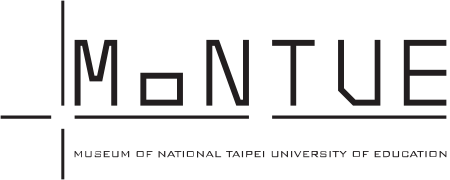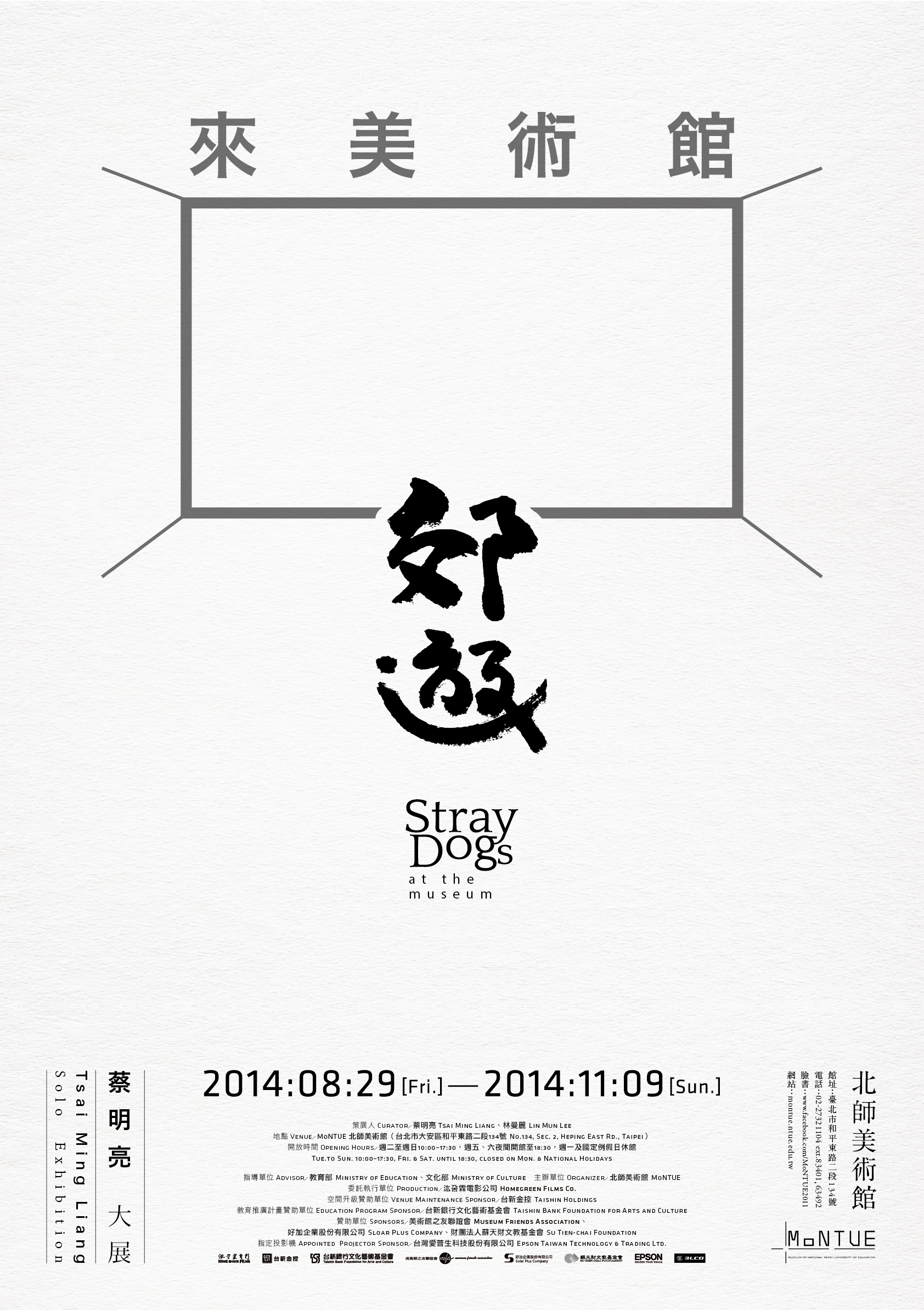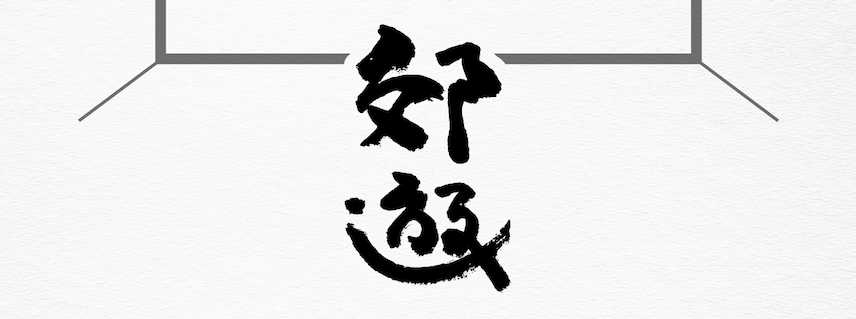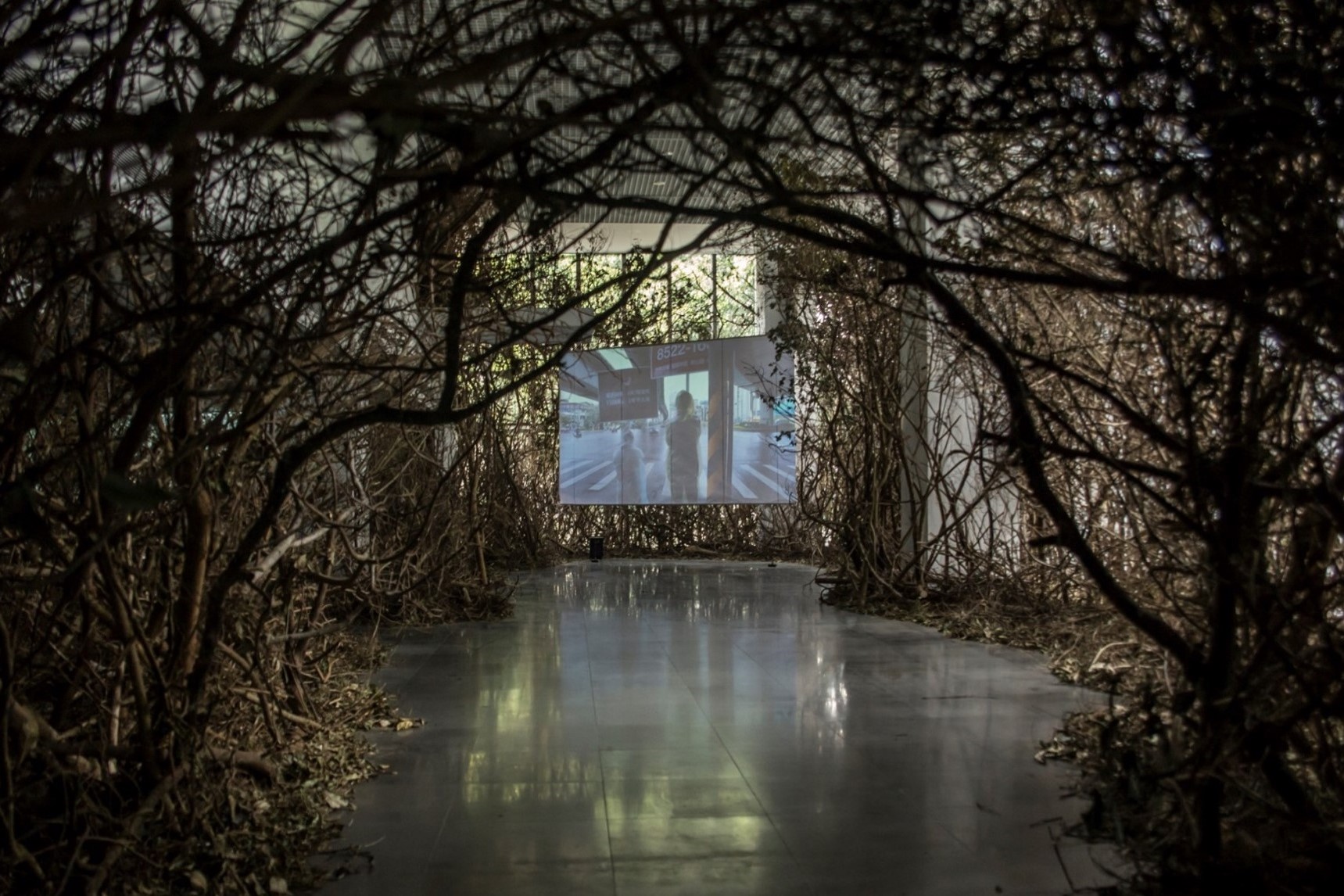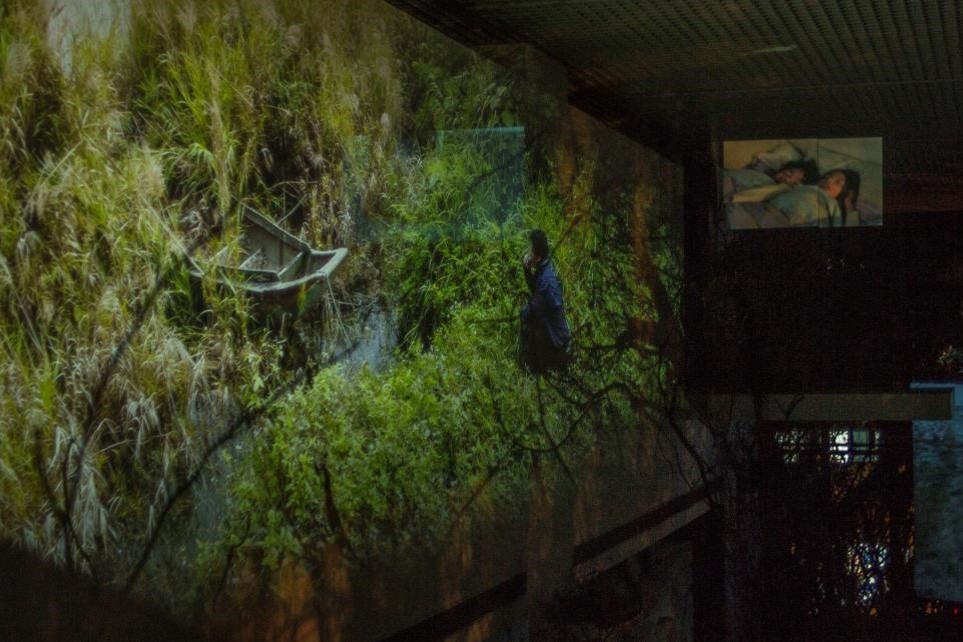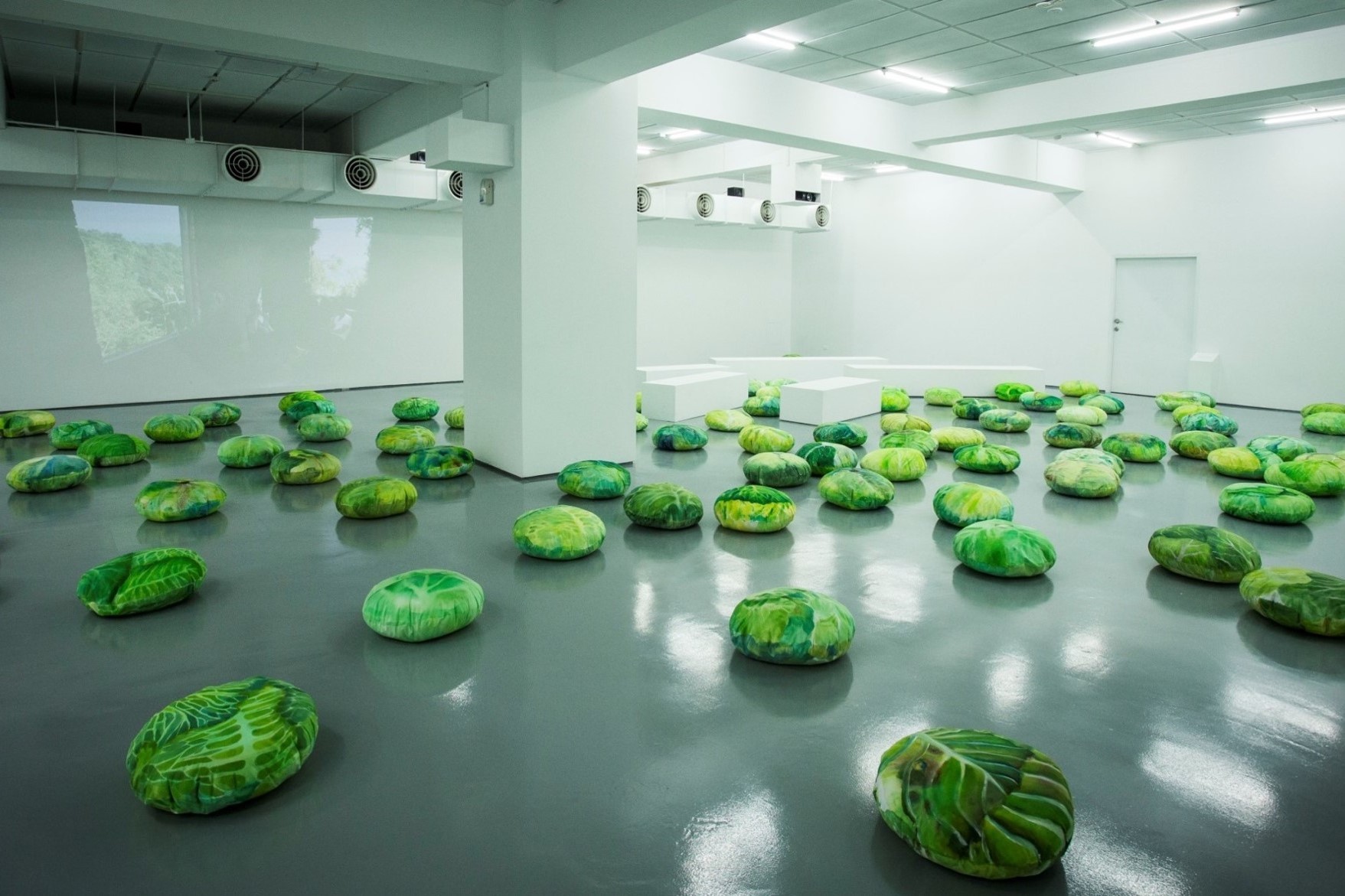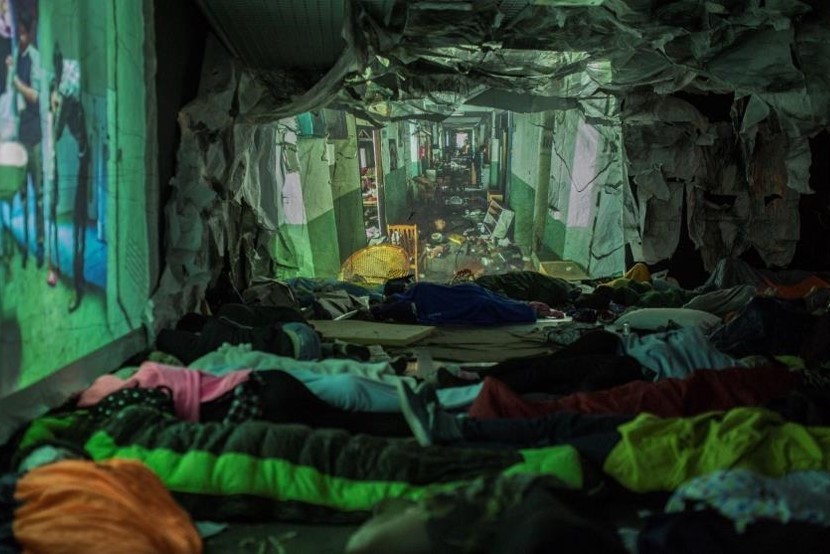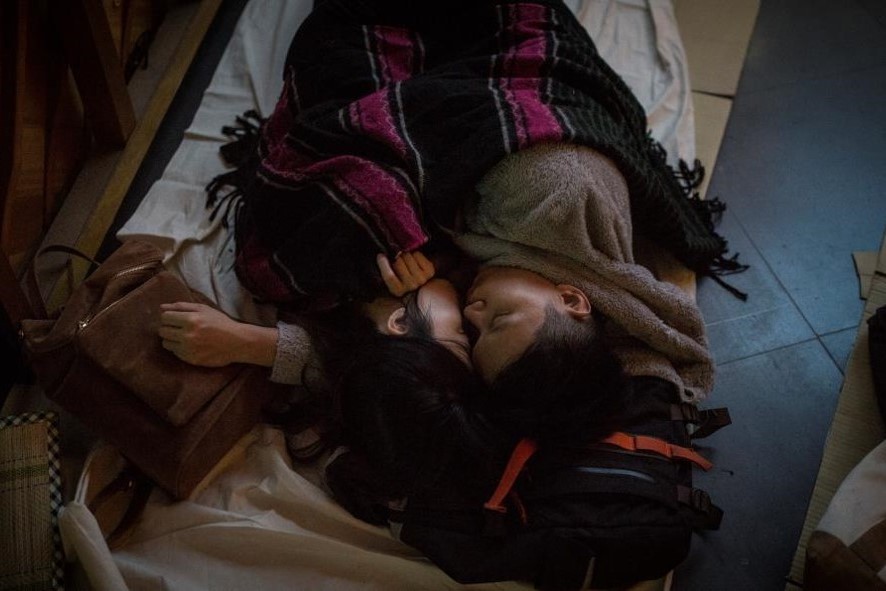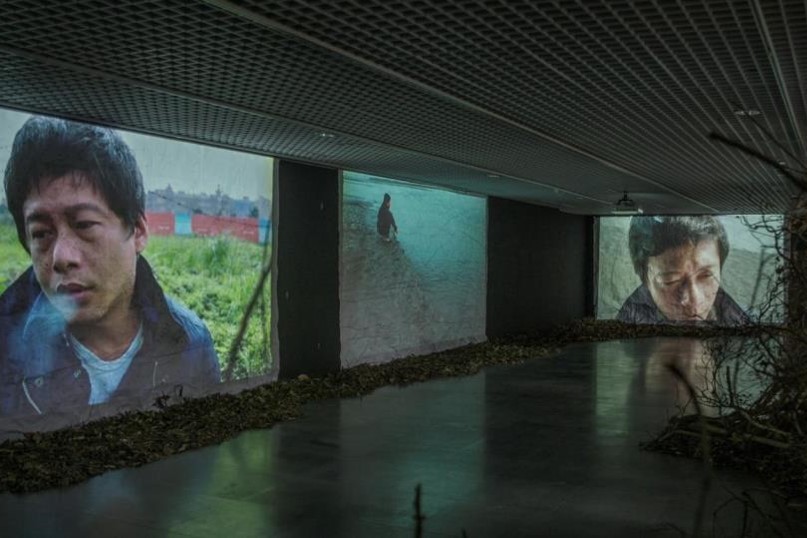2014.08.29-2014.11.09Stray Dogs at the Museum - Tsai Ming Liang Solo Exhibition
Museum Is Cinema When you go to see the movie Stray Dogs at the museum, which way of thinking will you choose? The first way of thinking is called “typology.” A movie is just a movie, not an installation art of images. A cinema is just a cinema, not a museum. Therefore, we naturally watch a movie at the cinema and admire an installation art of images at the museum. The second way of thinking is called “topology.” Movie and image installation art have been folded. Museums and cinemas have been transformed, too. Therefore, we have already seen the image installation art in the cinema and seen the movie in the museum. According to the first way of thinking, the director Tsai Ming-liang’s choice of playing his Stray Dogs at the Museum of National Taipei University of Education rather than in ordinary cinemas is surely considered a “cross-border” pioneering move. Similarly Tsai’s another masterpiece Visage is the first movie sponsored and collected by the Louvre in Paris, France, which is also unprecedented in history. Over the past decades, Tsai has greatly impressed many international art exhibitions and museums with his image installations and clips, including It’s a Dream in the 52nd Venice Biennale, Erotic Space in the National Palace Museum, Erotic Space II in the National Taiwan Museum of Fine Arts, The Theater in the Boiler Room in the Songshan Cultural and Creative Park, and Walker in the 13th Venice Biennale. Tsai’s “cross-border” artistic forms have been widely recognized. According to the second way of thinking, the relation between movie-cinema and “film-space” is similar to that between art-museum and “artistic exhibit-space.” They all come from the changeable and unpredictable history. In early days, Louis and Auguste Lumiere’s famous short film The Arrival of the Mail Train was played in the basement of a coffee house in Paris. Actually in early periods, films exited in juggling groups, small theaters and various corners of the city street. In today’s “post-cinema” age, films have already departed from the limit of specific architectural entity, namely cinemas, and have entered televisions, computers, trains and airplanes. A variety of mobile devices even completely liberate the behavior of “seeing the movie.” You can do it at any place at any time. Surprisingly both the “pre-cinema” and “post-cinema” ages show the same fact that films are existent everywhere. This phenomenon can be interpreted as the de-centered, de-fixed and de-substantiated spatial cracking. Similar to cinema, museum is also transformed between physical and virtual space. As early as in 1980, American art critic Douglas Crimp published his most famous essay “On the Museum’s Ruins,” proclaiming the death of museum as storage of artistic works. At that time, Crimp’s death announcement was aimed at the intrusion of (post-modern) photography as a new art form that broke art knowledge system’s presumptions of originality and authenticity. Museum is no longer a space exhibiting substantial objects like paintings and sculptures, but becomes image media itself. Today, in this twenty-first century, museum has got rid of its traditional function as a historical building with classical art. (Museum of National Taipei University of Education has been established less than two years.) Museum makes it happen that objects and images in the exhibition space intertwine, and reality and fictitiousness collapse. The focus of museum transfers from materiality to mediality, from storage of artistic works to image interface. In this sense, before Stray Dogs is played at the museum, museum has become cinema already. Stray Dogs at the museum has no “cross-border” separation and connection of typology, but “folding” rolling and motion of topology. It constantly leads to the possibility of transformation between “post-cinema” and “post-museum.” by Chang Hsiao-hung
